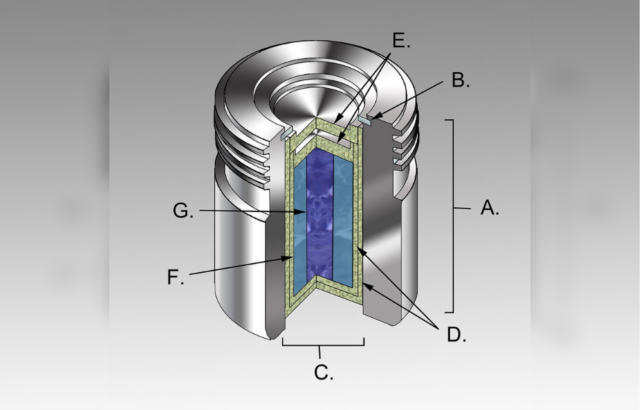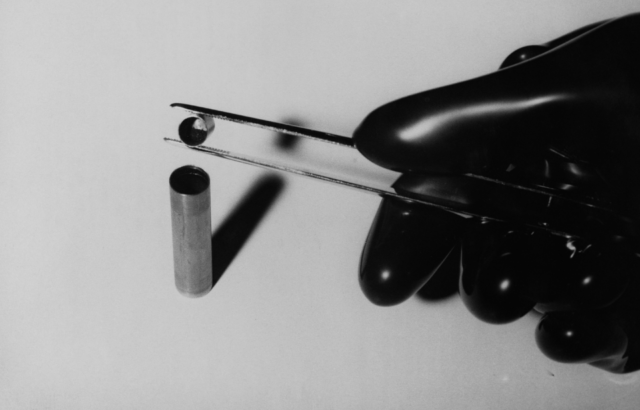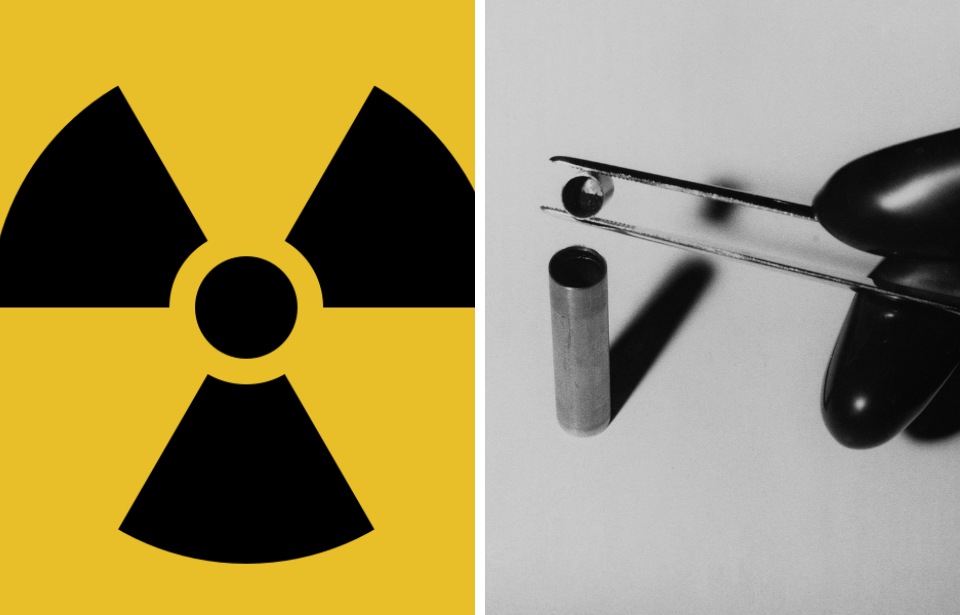In Mexico City, between April and October of 1962, four people in a five-person household died. The family had just moved to the city, undoubtedly excited for the new chapter they were just embarking upon. The family was made up of a mother and father, their 10-year-old son and three-year-old daughter, as well as the children’s paternal grandmother.
By October, only a matter of months after the family moved to Mexico City, the father was the only family member still alive. This is the true story of the 1962 Mexico City radiation accident.
The small silver capsule
After moving into their new house on March 21st, the 10-year-old boy discovered a small silver capsule. Where he found this is ultimately unknown. Reports vary, with some saying he found it in a field, others say a dump, and some assert that the capsule was already in the family’s new yard.

Whatever the case, upon discovery, the boy picked up the capsule and put it in his pocket. On April 1st, his mother took it and placed it on a shelf in one of their kitchen cabinets. The small capsule, unknown to anyone else in the family, sat on the shelf until July 22nd.
This small silver capsule was ultimately an industrial-grade cobalt-60 capsule. Unbeknown to the family, the tiny item the boy had brought home and that the mother had placed in a kitchen cupboard was subjecting them to very high radiation levels.
Radiation: an invisible poison
Among the family’s dishes, this cobalt-60 capsule acted like a miniature nuclear bomb, slowly emitting radiation and working as an invisible poison. No one seemed to care that their glasses were blackening, which was a sign of radiation exposure. A week or so after he discovered the capsule, the boy became sick, coughing and showing signs of weakness. Unfortunately, it was too late to get help, and on April 29th, he died.

On July 19th, his mother, who was six months pregnant at the time, died. The boy’s younger sister died on August 18th, and his grandmother, who moved in with the family on April 17th, died on October 15th.
The only remaining member of the family was the boy’s father. He likely survived because he worked outside of the house and spent a considerable amount of time away compared to the other four family members. He was, however, still affected by the radiation, as it left him permanently sterile. Comparatively, he received 990 to 1,200 radiation absorbed doses (rad), significantly less than his son’s 4,700 to 5,200 rad.
More from us: The Author of ‘Goodnight Moon’ Died From Doing a High Kick and Other Awful Facts We Just Learned
The worst part about this tragedy is that it wasn’t the last time something like this happened. Other incidents include a 1977 event involving a private medical company and a radioactive capsule that went missing in Australia in 2023.
